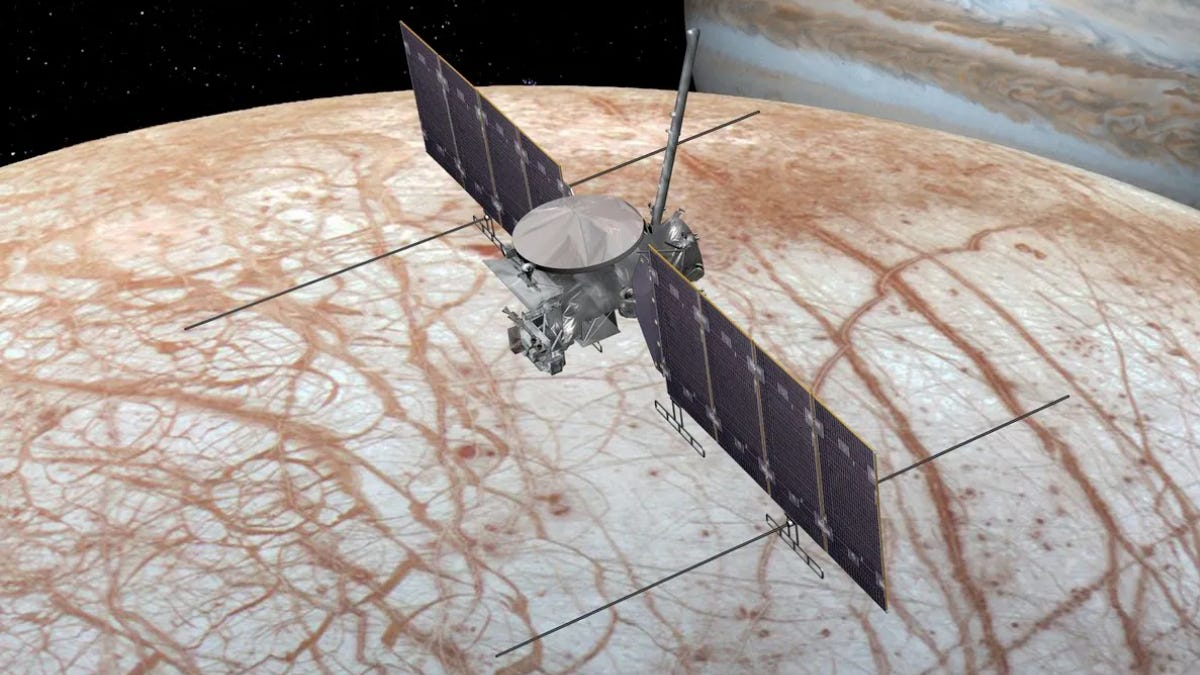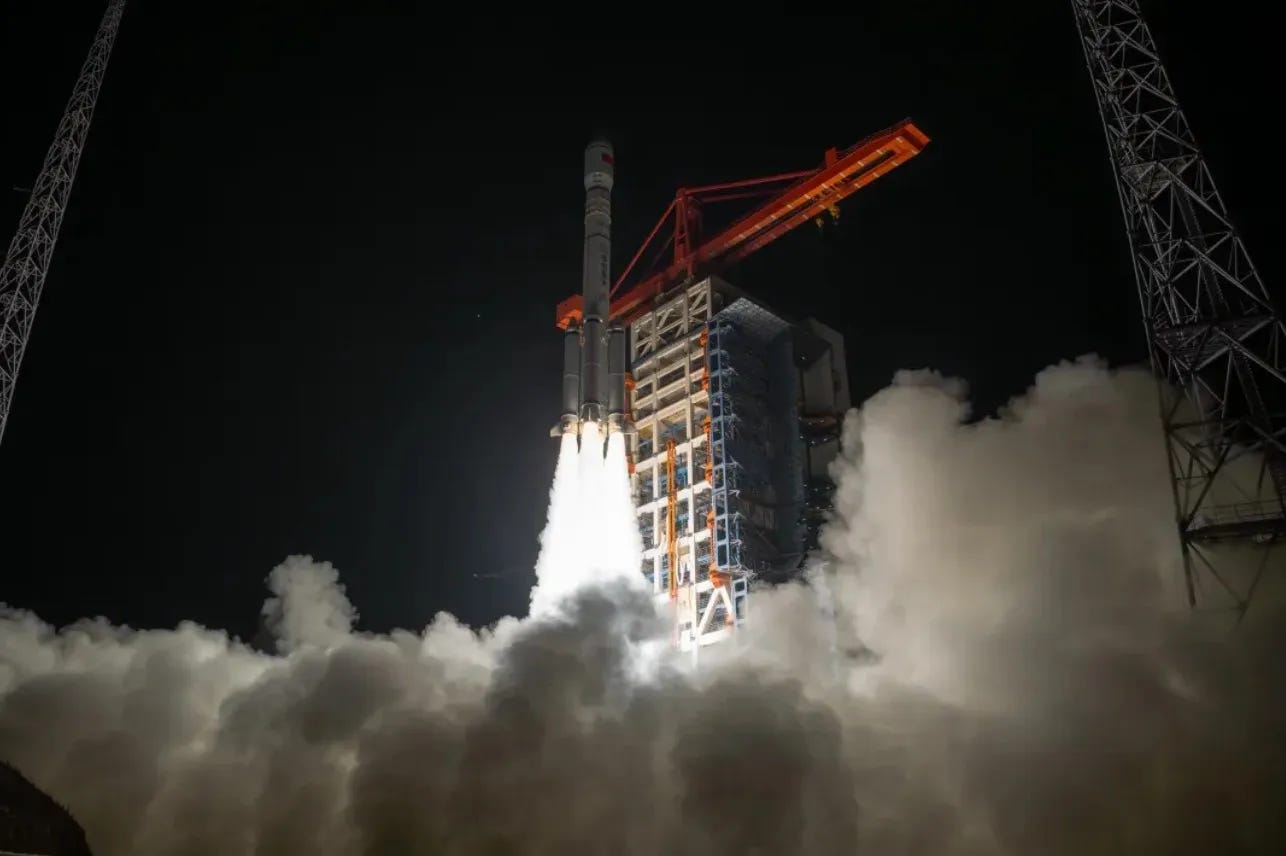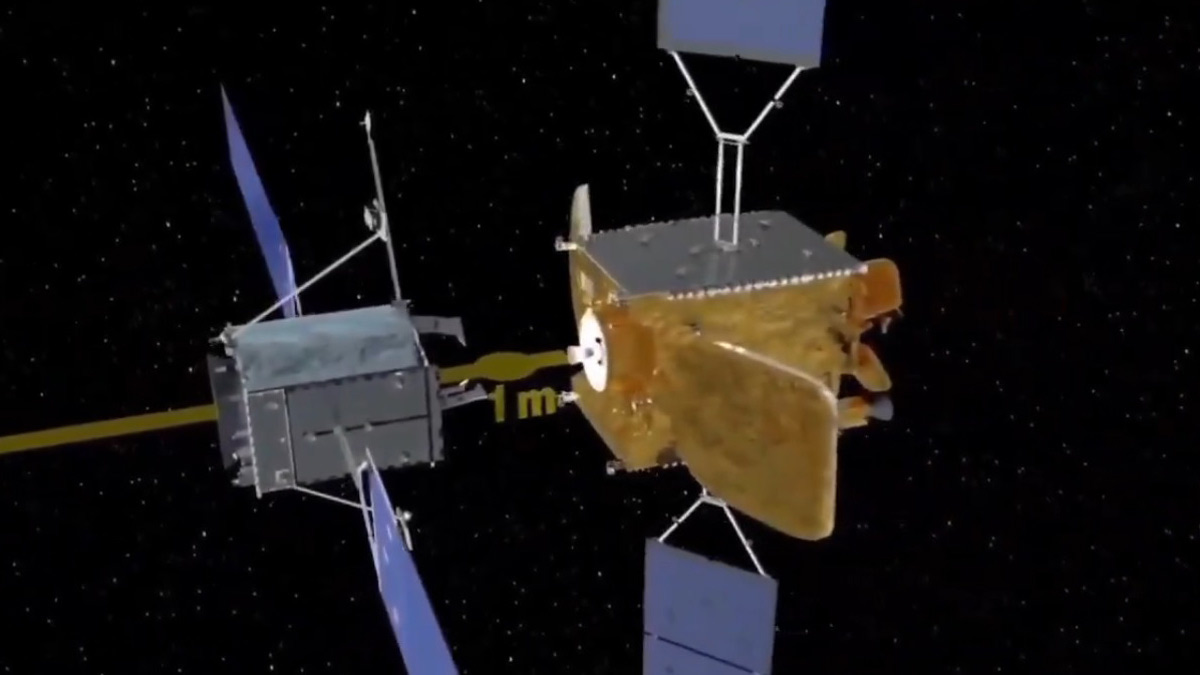Weekly - Europa Clipper on its way to Jupiter’s moon and more
🟤 Weekly Space News - Quick and Easy.
Our Engagement Palette!
We’re excited to share a new colour-coded system for SpaceBlaze:
🟤 Brown: For posts that are mundane and bland.
🟡 Yellow: For fairly interesting posts.
🟢 Green: For our most engaging posts.
This Palette will help you decide which post is worth your time!
*Applicable only for Weekly Space News
This week’s post ranks brown🟤 on the Engagement Palette.
Europa Clipper on its way to Jupiter’s moon
Last week, NASA successfully launched its much-awaited Clipper mission to Jupiter’s moon Europa. The spacecraft will reach Europa by 2030 and explore this moon during 49 flybys. Europa has a vast ocean under its frozen surface that is believed to hold twice as much water as there is on the earth. This along with some minerals it contains, suggests that there could be life on this moon and the Clipper spacecraft is going to actively search for it.
China launches 2nd batch of satellites for ‘Thousand Sails’ constellation
Last week, China successfully launched its second batch of 18 satellites for its planned ‘Thousand Sails’ satellite constellation. The name ‘Thousand Sails’ can be misleading as the project actually aims to have 14,000 satellites in low earth orbit for providing global internet coverage, similar to SpaceX’s Starlink. While this constellation has only 36 satellites in orbit currently, Starlink has more than 6,300 currently functioning in orbit.
ISRO collabs with private firm to build satellites that can dock in space
Recently, ISRO received 2 unique satellites from a private Indian space firm called Ananth Technologies. This is unique for 2 reasons. Firstly, this is the first time ISRO is receiving fully built and tested satellites from any private Indian company. The satellites themselves are also unique as they will be part of the Space Docking Experiment (SPADEX) which will aim to launch the 2 satellites in slightly different orbits and have them meet up and connect in space. This technology is crucial for India’s plans to build its own space station, as modules of space stations are often launched separately.




